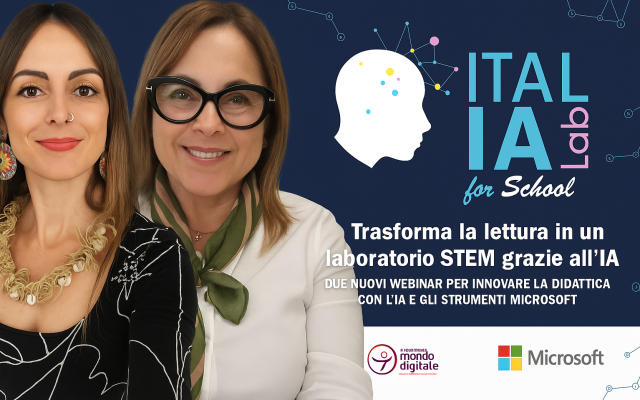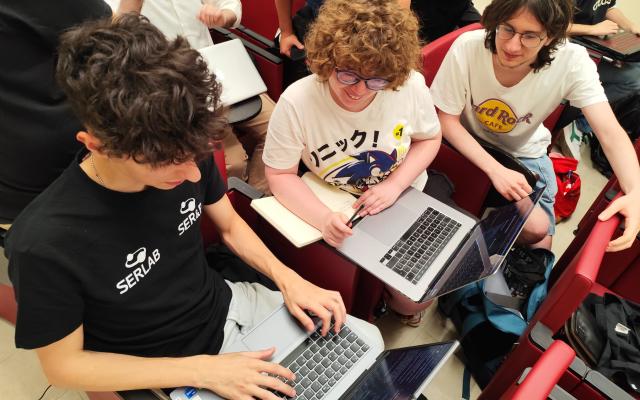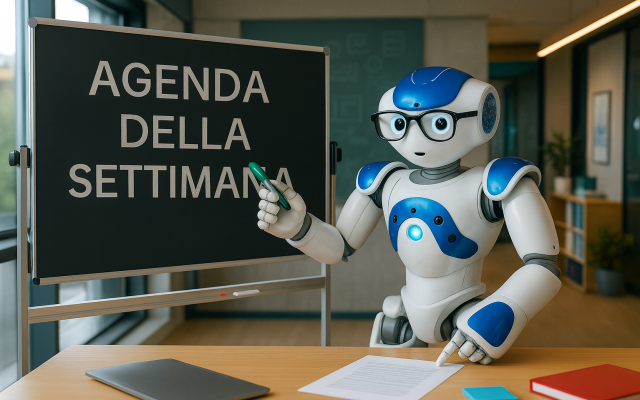Federico Di Giacomo’s labs at Didattiche.2022
The programme of the Didattiche.2022 Conference promoted by the Edizioni Centro Studi Erickson in hybrid mode on November 18 and 19 is now available.
Teachers at any type or level of school may register for the labs that will be held by Federico Di Giacomo.
Federico Di Giacomo graduated with a degree in Astrophysics and Cosmology from the University of Bologna in 2013. Since 2015, he has worked at the National Astrophysics Institute (INAF) in didactics and divulgation. He is currently conducting working at the INAF Astronomical Observatory in Padua, where he is responsible for the divulgation of INAF scientific information, besides holding didactic activities. In particular, over the past year, Federico has worked on a research project dedicated to the study of stellar catalogues produced in the mid-1800s. He also conducts various didactic and divulgatory activities on astronomy and science, in general.
LAB4. Baby Cosmo and Tinkering Experiments: How to explain the birth of galaxies to young children
What are galaxies and how are they formed? What is their importance for the evolution of the universe and the development of life on our planet? In this lab, participants will participate in a simple and fun activity that can be applied in any classroom. They will develop custom-tailored galaxies to keep as a memento of this introduction to astrophysics with simple materials and a few principles of innovative.
TARGET: Kindergarten teachers
LAB12. Stellar Spectrum: The sky is full of information! The Steam analysis of light emitted by celestial bodies
For hundreds of years, astronomers have used telescopes to observe the sky and discover the mysteries of the universe. The first telescopes were made of two lenses and could be handheld. Today, telescopes are made with mirrors and have surprising dimensions. Notwithstanding their size, the physical principles that determine the optics of modern telescopes is the same that were used 400 years ago. In this lab, participants will learn about the physical principles underlying optical telescopes, as well as the technological and engineering challenges of building a telescope.
TARGET: First-degree secondary school teachers
LAB20. The Sky is Everyone’s, but We Don’t All See the Same One: Observing the stars and understanding calendars
Since the beginning of time, mankind has had a special relation with the sky. The heavens have always transmitted an idea of a perfect eternal order, as well as sense of majestic infinity, and with its regular motion it provided a fundamental tools for orientation and understanding what time it was. Besides the movement of the sun during the day, the moon moves and changes, providing a great calendar to keep track of the months and weeks. In fact, many cultures still use lunar phases to determine the beginning and end of months. In this activity, developed with the Scratch Coding Language, participants will learn how to explain the different phases of the moon to their classes. They will also receive ideas for extra work on cultural diversity related to astrophysics.
TARGET: Primary school teachers.







